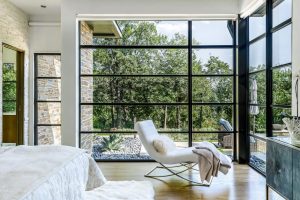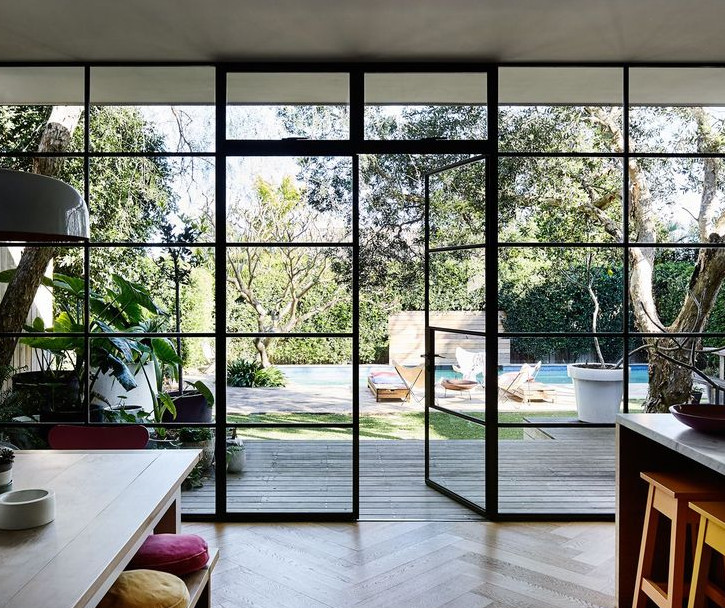Architects are continually seeking materials that combine strength, beauty, and flexibility, enabling them to bring their most innovative designs to life. Steel glazing stands out as a favorite for its unparalleled ability to meet these needs, offering a blend of durability, elegance, and versatility unmatched by other materials. This blog explores the reasons behind architects’ preference for steel glazing and its transformative impact on both the aesthetics and functionality of architectural projects.
Unmatched Structural Strength
Steel, known for its incredible strength-to-weight ratio, allows architects to design large, expansive windows and doors without compromising on structural integrity. This strength enables the creation of slim profiles and larger glass panes, providing unobstructed views and a minimalist aesthetic that is highly sought after in contemporary design. The ability to support heavier loads also means that steel glazing can be used in a variety of applications, from high-rise buildings to expansive horizontal skylights.
Aesthetic Flexibility
One of the most appealing aspects of steel glazing is its aesthetic versatility. It can be adapted to suit any design ethos, from the sleek and modern to the intricate and traditional. Architects appreciate the ability to customize finishes, colors, and textures, making steel glazing a go-to choice for projects that require a specific look or feel. Whether the goal is to achieve a timeless elegance or a cutting-edge contemporary design, steel glazing provides the flexibility needed to realize an architect’s vision.
Innovative Design Projects
The use of steel glazing in innovative design projects showcases its potential to transform spaces. Take, for example, the “Glass House” project, where an architect utilized steel-framed glazing to create a structure that appears to float within its natural surroundings. The project demonstrates how steel glazing can be used to blur the boundaries between indoor and outdoor spaces, creating a seamless integration with the environment.
Sustainability and Eco-Friendly Design
Sustainability is at the forefront of architectural design, and steel glazing contributes positively in this area. Steel is one of the most recyclable materials in the world, and its longevity and durability make it a sustainable choice for long-term projects. Additionally, the use of energy-efficient glazing options can significantly reduce a building’s energy consumption, further enhancing the sustainability credentials of steel glazing solutions.
Overcoming Challenges with Steel Glazing
Architects also value the problem-solving aspects of working with steel glazing. Whether addressing thermal performance through innovative glazing technologies or overcoming structural challenges in renovations, steel glazing offers solutions that other materials cannot. Its adaptability and performance in extreme conditions make it suitable for a wide range of climates and settings.
Conclusion
Steel glazing remains a preferred material for architects due to its blend of aesthetic appeal, structural integrity, and environmental sustainability. It offers unparalleled design freedom, allowing architects to push the boundaries of what is possible. As we continue to explore the capabilities of steel glazing, it’s clear that its role in shaping the future of architecture is only set to grow. Through collaboration and innovation, architects and steel glazing specialists can continue to create spaces that inspire, challenge, and delight.



